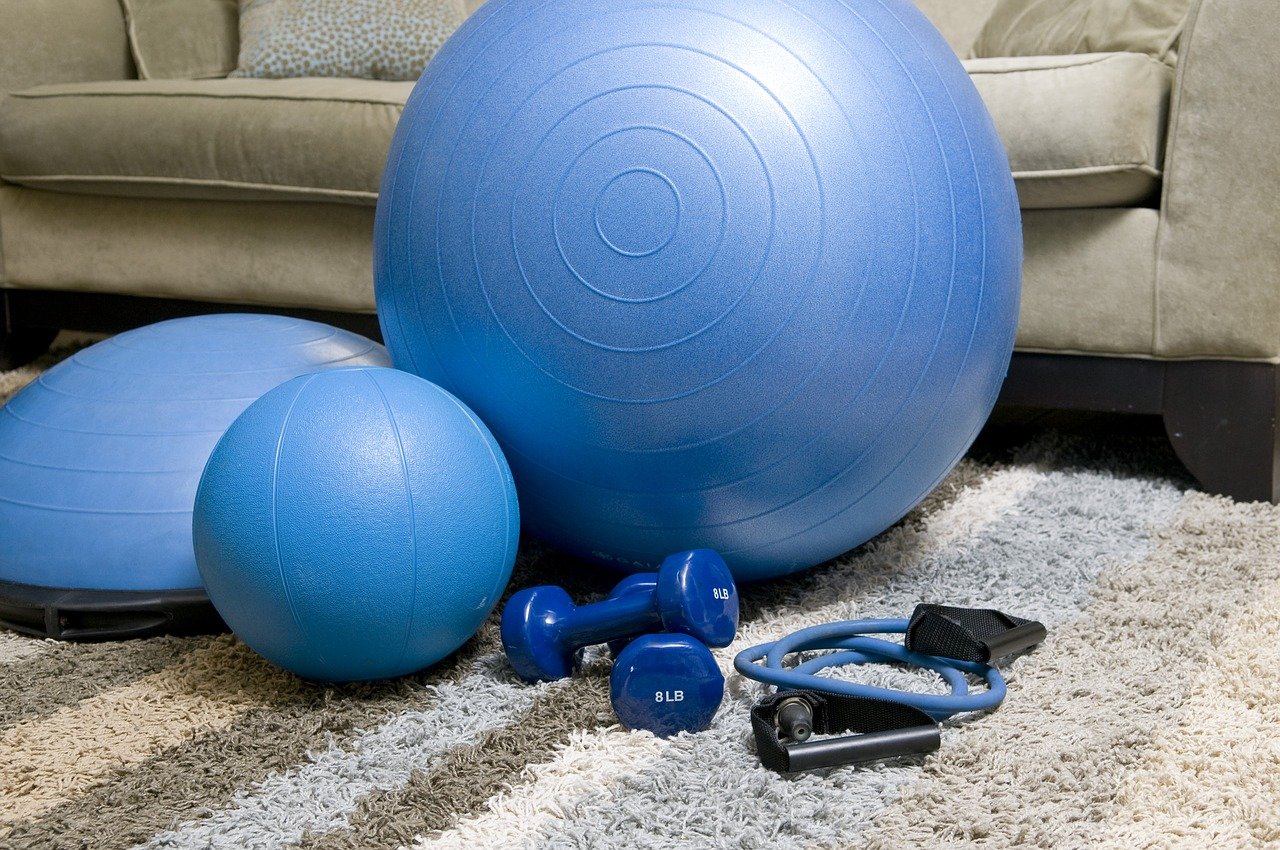Venous Leg Ulcer Self-care
Venous ulcer is one of the stages of venous leg diseases. It is a sore that refuses to heal around parts of the legs. When a vein disease has gotten to this stage, the skin around the legs become leathery. Sores and bruises refuse to heal properly. It could lead to infections and more chronic cases.
When the first stage of venous disease, the varicose vein, is not treated correctly or neglected, it would eventually become venous ulcers. Most of the time, leg ulcers indicate an underlying issue, so it is essential to know how to treat it.
Venous Leg Ulcers And Venous Leg Diseases
Venous leg disease is a condition that happens when the veins in the legs get weak or damaged. The valves present in the veins are responsible for blood flow from the body to the heart. They open when blood is passing through and close back to prevent the blood from flowing back into the vein. When these valves are weak or damaged, they can no longer control the blood flow and end up returning to the veins.
The blood clots in the veins leading to twisted, swollen, or enlarges veins with a bluish or purplish look. If left untreated, the blood will build up pressure and develop into a case of venous leg ulcers. Venous leg ulcers always take longer to heal than regular leg sores/wounds.
Why Are Venous Ulcers Common In The Legs?
Venous ulcers can occur in any part of the body with venous diseases. However, studies have shown that its most common occurrence is in the legs due to the following reasons. The legs are known to be the most active parts of the body. They must carry out our daily activities from simple to complex functions; therefore, the legs are said to experience a lot of pressure.
Blood flows in and out of the legs carrying in nutrients and oxygen for the cell present there. When weak or damaged valves cause blood flow control loss, blood flows backward into the veins, further increasing the pressure in the lower leg. This part is why venous ulcers occur mostly above the ankles.
The increasing pressure prevents fresh blood from flowing in with nutrients and oxygen. The cells in the legs die and lead to a wound that takes treatment or a lot of time to heal. This condition is known as venous leg ulcer.
Symptoms Of Venous Leg Ulcers
One primary symptom of venous leg ulcer can be observed on the skin. The discoloration of the skin in the affected area, followed by a change in texture and swelling, is an early indication of venous leg ulcers. The skin in the affected area becomes leathery, and a brownish, reddish, or purplish discoloration can be noticed.
After that, these symptoms are followed by thick, itchy skin, which sometimes burns to lead to a lot of discomforts and aching, a condition also referred to as stasis dermatitis.
Other early symptoms of venous leg ulcers are cramping, swelling, and heaviness of the legs.
As venous ulcer continues to advance in stages without treatment, there will be the formation of shallow sores, most times covered by a yellow tissue and a red base accompanied by intense pain in the legs. Surrounding skin becomes hot, tight, and shiny with unevenly shaped borders.
If still not treated poorly, the sore would become infected and give off a foul odor.
Risk Factors Of Venous Leg Ulcers
Venous leg ulcers do have their causes. However, some factors contribute to developing venous leg ulcers in specific individuals.
- Varicose veins
- Deep vein thrombosis
- Old age
- Family history
- Obesity
- Pregnancy
- Excess stress on the legs
- Bone fracture, burns, and other serious leg injuries
How To Care For Venous Leg Ulcers
While venous leg ulcers might seem like a lot at first, there are specific ways you can care for it to reduce the risk of it developing into something more severe.
Keep The Wound Clean And Covered
Sometimes the itchiness and burning feeling might make you want to leave the wound open. However, it would help if you kept it bandaged to prevent infections that might develop into something more fatal. Change the bandage from time to time to keep it clean using sterilized materials. You can always employ a home GP to get this done if it is too much of a hassle for you.
Change Your Dressing Regularly
While your dressing keeps it covered and safe from infection, keeping it for longer than required can become an even greater threat. Visit the doctor to know how frequently you are to change your dressing, and you can start your self-care treatment at home.
Avoid Getting The Health Tissue Wet
The healthy tissue around the wound should always remain dry. Getting it wet will only complicate matters as it will soften the healthy tissue and cause the wound to get bigger.
Cleanse The Wound Before Applying a New Dressing
Keeping the wound clean is the most crucial part of caring for venous leg ulcers. Visit your doctor to know the best solutions to be used for cleaning.
Protect The Skin Around The Wound
The skin around the wound is just as important as the wound itself. Always keep it clean and moisturized.
Wear Compression Stockings
Your doctor will administer this. They help prevent blood pooling and swelling.
Reduce The Activity Of The Legs
To quicken treatment, relieve the veins by reducing pressure on the legs. Avoid walking long distances or sitting/standing for excessively long hours.
Exercise Regularly
Perform exercises that require you to lift your feet above your heart. It also helps to reduce the pressure. When not exercising, you can place your feet on a pillow to elevate it.
Even with these self-care treatments, it is essential to use your medication as prescribed and follow your doctor’s instructions. If the ulcer appears to be getting worse after some time, contact your doctor for the best procedure or treatment. Sometimes, surgery might be required for effective treatment.
Activities You Can Do To Aid The Healing Process
- Stop smoking as it harms your blood vessels.
- Exercise frequently, but be careful not to put much pressure on your legs.
- Get lots of rest and maintain a healthy diet. Eat lots of vitamins as they aid the healing process.
- Pay close attention to your body weight.
- Pay attention to your blood cholesterol levels.
- Preventing venous leg ulcers
- Pay close attention to your feet and ankles as well as your skin and veins. Stained color on the veins is an early indication and, if treated soonest, would not result in a case of a venous leg ulcer. Cracks and changes in skin color should also be carefully observed.
When To Call Your Doctor
While self-care treatments under the supervision of a doctor have proven to be very useful over time, contact your doctor immediately if any signs of infection occur. These signs could include
- Bleeding in the legs
- Swelling, redness, itching, and a lot of discomfort around the wound
- Increased pus drain from the wound, usually yellowish.
- Feverish feeling.
Always visit your doctor before you begin any of the self-care treatments. Follow instructions and stick to your medications even if it doesn’t seem too serious. If you would need help, consultation, or assistance, contact us or book an appointment.





